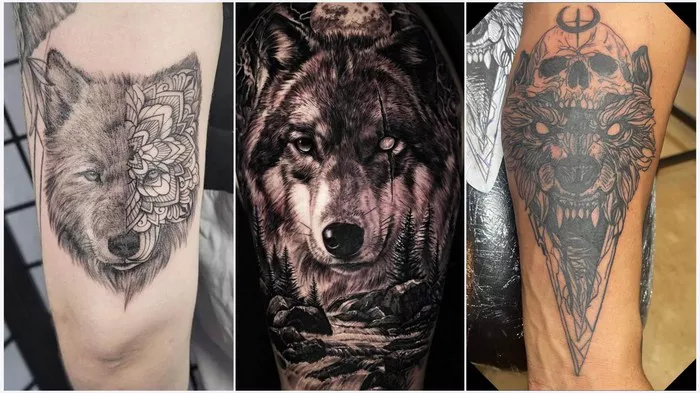Tattoos have long been a form of self-expression, with diverse styles ranging from traditional to avant-garde. Each style carries its own aesthetic and technical challenges, requiring artists to master specific techniques and approaches. Understanding the intricacies of different tattoo styles is crucial for both artists and clients to achieve desired results.
Among the plethora of tattoo styles, several stand out for their complexity and demanding nature. These styles push the boundaries of artistic skill and creativity, challenging artists to excel in their craft. Let’s delve into some of the most challenging tattoo styles and explore what makes them so demanding.
Exploring Difficult Tattoo Styles:
Realism:
Realism tattoos aim to replicate images with astonishing accuracy, capturing intricate details, shading, and lifelike features. From portraits to natural landscapes, realism demands meticulous attention to detail and an acute understanding of light and shadow. Achieving a realistic effect requires not only technical proficiency but also a deep understanding of anatomy and form.
Portrait Tattoos:
Portrait tattoos present a unique set of challenges, as they require artists to recreate faces with precision. Capturing the likeness and expression of an individual demands exceptional skill in shading, contouring, and proportion. Even minor deviations from the subject’s features can significantly impact the final result, making portrait tattoos one of the most exacting styles in the industry.
Japanese Irezumi:
Rooted in centuries of tradition, Japanese Irezumi tattoos feature elaborate motifs, mythical creatures, and intricate patterns. Mastering this style requires not only technical prowess but also a profound understanding of Japanese culture and symbolism. Artists must demonstrate precision in linework and shading, as well as a keen eye for composition and balance.
Geometric Tattoos:
Geometric tattoos are characterized by precise lines, intricate patterns, and symmetrical designs. Achieving flawless symmetry and clean lines is no small feat, as even minor imperfections can disrupt the overall harmony of the tattoo. Artists specializing in geometric tattoos must possess exceptional precision and attention to detail, often utilizing specialized tools and techniques to achieve perfection.
Watercolor Tattoos:
Watercolor tattoos mimic the fluidity and vibrancy of watercolor paintings, blending colors seamlessly to create ethereal effects. This style requires a delicate touch and a nuanced understanding of color theory, as artists must navigate the unpredictable nature of watercolor pigments. Achieving a cohesive and harmonious composition without the use of black outlines adds an extra layer of complexity to watercolor tattoos.
Fine Line Tattoos:
Fine line tattoos feature delicate, thin lines that require a steady hand and impeccable control. Artists must work with precision and finesse to create intricate designs without compromising the integrity of the lines. From intricate linework to subtle shading, fine line tattoos demand meticulous attention to detail and a high level of technical skill.
Blackwork:
Bold and striking, blackwork tattoos utilize solid black ink to create intricate designs and patterns. This style requires artists to work with precision and confidence, as mistakes are less forgiving against a backdrop of solid black. Achieving consistent saturation and contrast is essential for creating dynamic and visually impactful blackwork tattoos.
Artist Expertise and Training:
The key to mastering challenging tattoo styles lies in the expertise and training of the artist. Experienced tattoo artists undergo rigorous training and apprenticeships to hone their skills and specialize in specific styles. Continuous learning and professional development are essential for staying abreast of evolving techniques and trends in the industry.
Client Considerations:
For clients considering a challenging tattoo style, it’s essential to conduct thorough research and understand the intricacies of the chosen style. Realistic expectations regarding pain, healing, and longevity are crucial for ensuring a positive tattoo experience. Consulting with experienced artists to discuss feasibility and design options can help clients make informed decisions and achieve their desired tattoo goals.
In conclusion, the world of tattooing offers a diverse array of styles, each presenting its own set of challenges and rewards. From realism to watercolor, mastering challenging tattoo styles requires a combination of technical skill, artistic vision, and dedication. By choosing experienced artists and approaching the tattoo process with realistic expectations, clients can embark on a journey of self-expression that is as rewarding as it is transformative.

